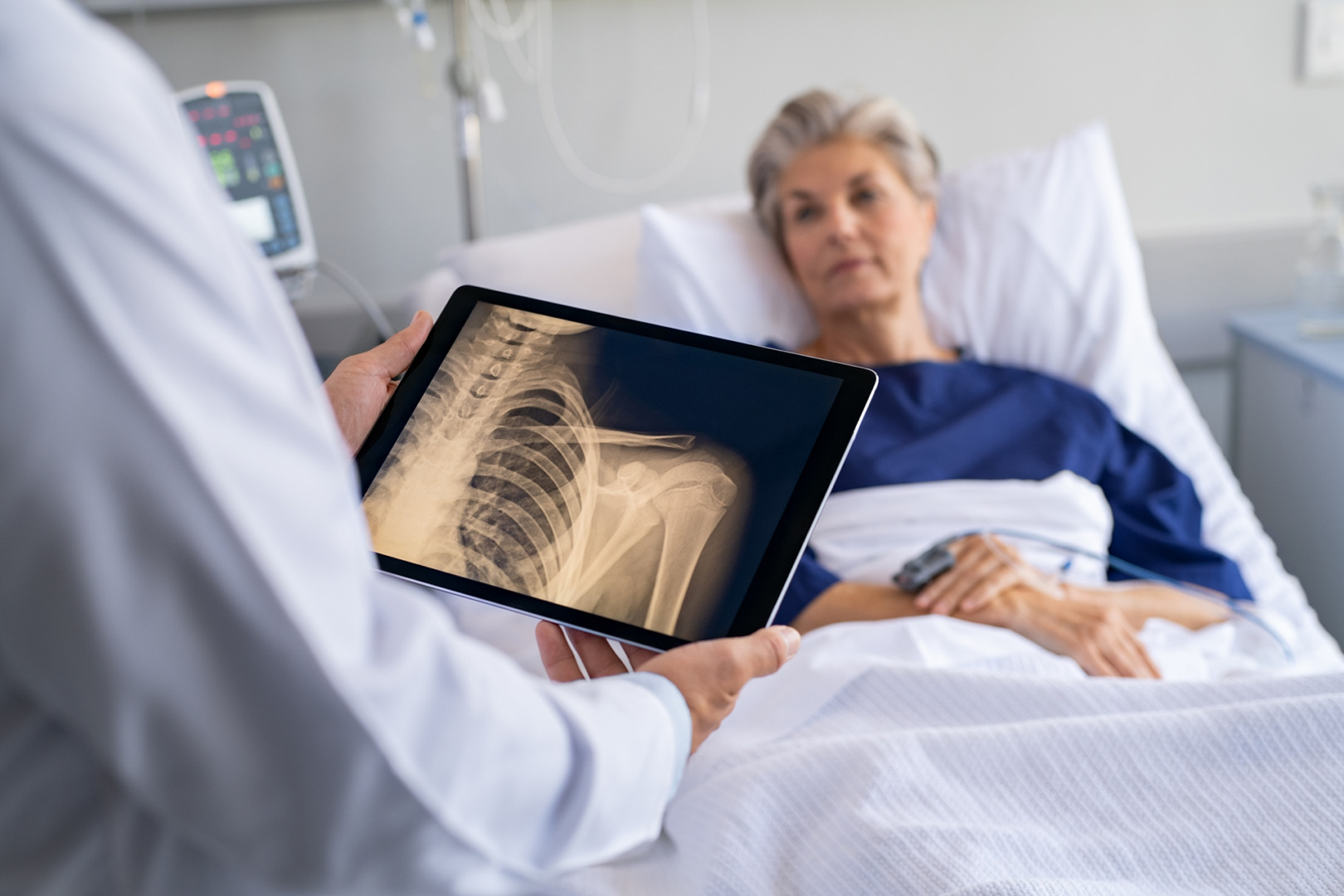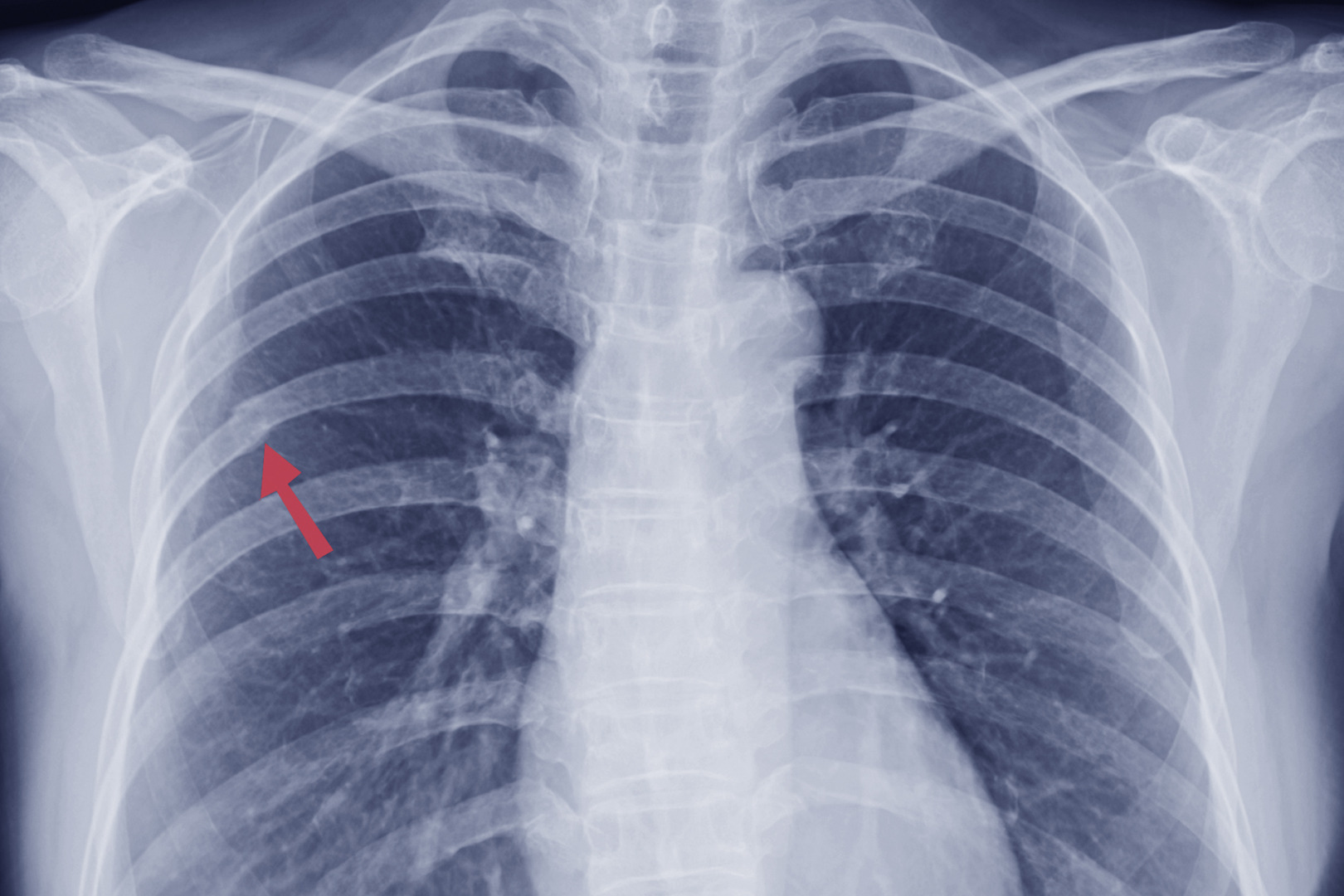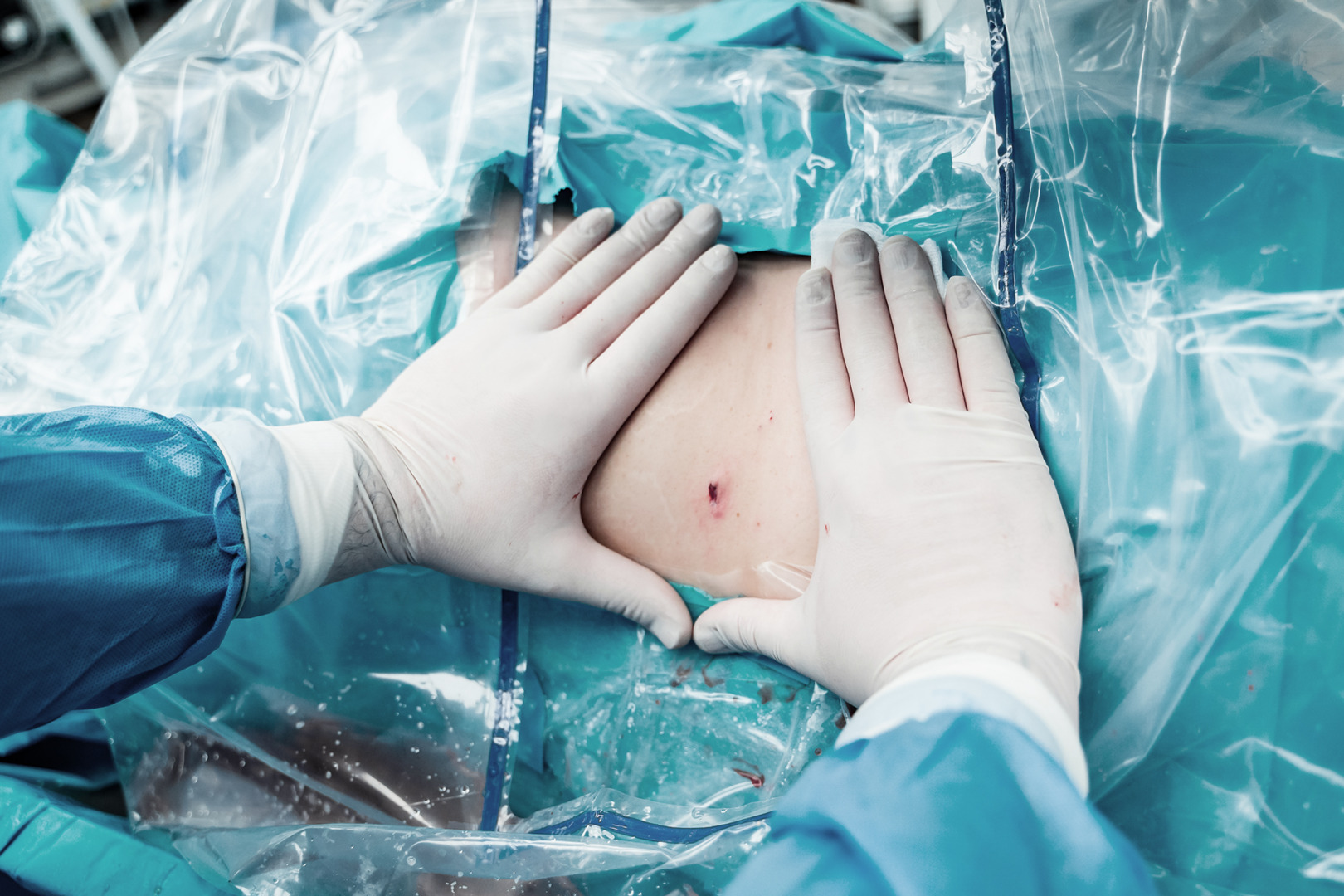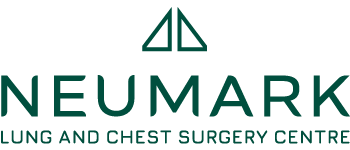Rib fractures are bad enough as an injury. However, even after a seemingly ample time to recover, the problem can still linger. These cases are called chronic rib fractures, where the rib fracture does not heal properly within the 6-8 weeks it usually takes for a rib fracture and persists for several months afterwards. It’s an inopportune injury for any person, athlete or otherwise, that can make pain an unwelcome part of your daily life.
The persistent pain of chronic rib fractures goes beyond inconvenience
There is no way to say for certain what would cause a regular rib fracture to be chronic, though there are contributing factors. The initial cause of a rib fracture could be a single instance of blunt trauma to the chest – from a car accident, an oddly angled fall, or, in the case of people playing contact sports, a bad tackle. These can all be reasons for a normal rib fracture, but the chronic aspect of it can stem from other causes. For example, repetitive stress can make the ribs weaker and more prone to damage. This is common for people in sports who frequently use the upper body, like weightlifting, rugby or overhead throwing. These are fairly uncommon actions for the everyday person to do repeatedly, so it’s expected that the body may suffer from the stress.

Other medical causes include osteoporosis, where the bones have a lower mineral density than usual, making them more susceptible to damage and take longer to heal. In some cases, bone metastases from cancers of the breast, lung or prostate can weaken the ribs and lead to chronic fractures. Lastly, bone infections like osteomyelitis can impair healing and contribute to chronic fractures. In all of these cases, the follow-up after the initial fracture is key to nipping this problem in the bud and getting you on track to a healthy recovery. Some people can develop chronic rib fractures because of poor aftercare following an initial fracture.
“Chronic rib fractures can severely affect your daily life,” notes Dr Harish Mithiran, director of Neumark Lung & Chest Surgery Centre. Breathing can become painful, the slightest cough can set off discomfort, and there may be swelling or tenderness at the fracture site. Chronic rib fractures can put you out of commission for an extended period, so it’s important to get them treated.
What A Thoracic Surgeon Can Do For Your Chronic Rib Fractures

Following an X-ray, bone scan, or bone density test, a thoracic surgeon can provide you with the treatment you need to get over your chronic rib fracture treatment. They can assist with pain management while your ribs heal on their own. They can tell you what lifestyle modifications you need to make to give your body the support it needs to heal. Some of these can include modifying your diet to get more calcium and Vitamin D and what activities you should avoid.
How An Internal Rib Fixation Can Help With Chronic Rib Fractures
Internal rib fixation is a surgical procedure used to treat chronic rib fractures by stabilising the broken ribs, which promotes healing and alleviates pain. This method involves the use of specially designed plates and screws to hold the fractured rib segments in proper alignment.

Breathing can be painful when you have a chronic rib fracture because the rib motion caused by breathing is unnatural. An internal rib fixation stabilises the ribs, relieving the pain. Stabilised fractures also heal more efficiently because the bones are held in the correct position, which facilitates the natural healing process and can reduce the time needed for recovery. Importantly, it improves respiratory mechanics, making it easier to breathe deeply and cough effectively, which is crucial for preventing pneumonia and other lung complications. Crucially, chronic rib fractures prevent complications such as non-union (failure of the bone ends to heal together) or malunion (healing in a misaligned position).
An internal rib fixation is split into three phases. First, there is the incision over the fractured ribs, then the fixation, where the plates and screws are applied to hold the broken segments together, and then the incision is closed. “Many patients feel better within weeks of the surgery,” says Dr Mithiran, as the body returns to its normal state. Internal rib fixation may be ideal for people who suffer from chronic rib fractures, which have not healed after conservative treatments.

